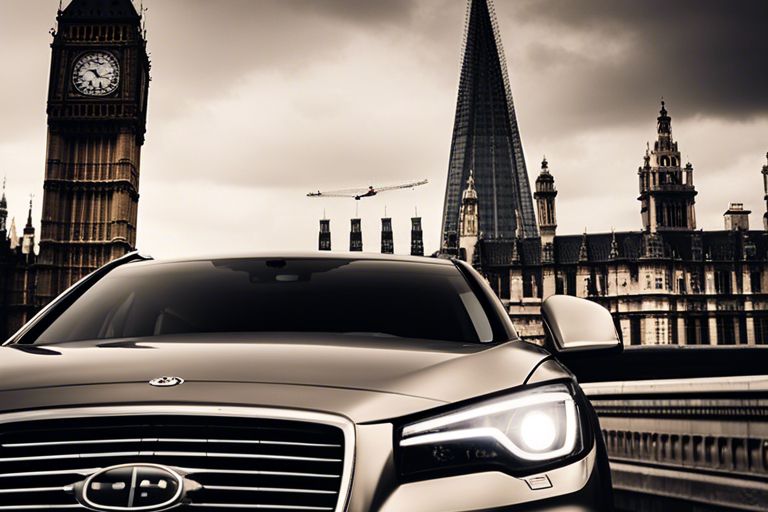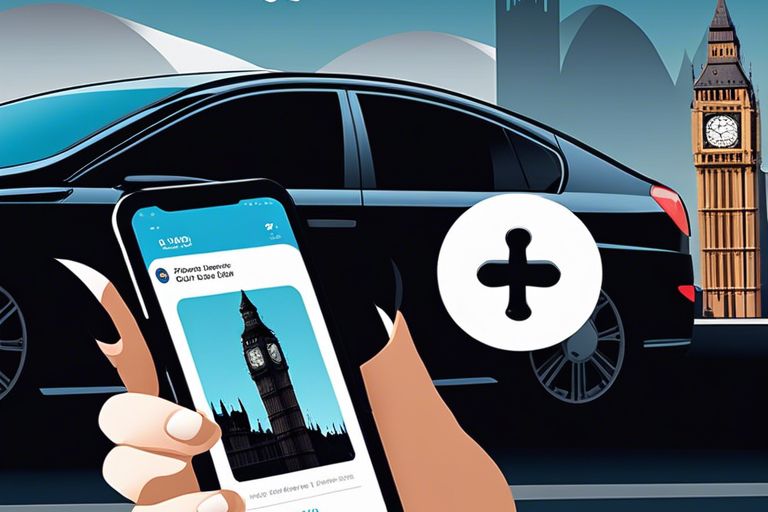You may have noticed that using Uber in London can sometimes leave a dent in your wallet. There are several factors that contribute to the high cost of Uber rides in this bustling metropolis. From congestion charges to high operational expenses, understanding why Uber can be pricey in London can help you plan and budget your trips more effectively. In this blog post, we will examine into the reasons behind the expensive nature of Uber rides in London.
Factors Contributing to High Costs
- Regulatory Impact on Pricing
- Operating Costs in London
Impact of Regulatory Controls on Pricing
To address the question of why Uber is expensive in London, one must consider the impact of regulatory controls on pricing. The stringent regulations enforced by Transport for London (TfL) on ride-hailing services have led to increased costs for Uber. From licensing fees to vehicle standards, these regulations add to the overall operational expenses for Uber in London.
An Overview of Operating Costs in London
An integral factor influencing the high costs of Uber in London is the operating expenses specific to the city. London’s congestion charges, high fuel prices, insurance costs, and maintenance expenses contribute significantly to the overall operational costs for Uber in the capital. These factors inevitably impact the pricing structure that Uber sets for its services in order to ensure profitability.
London’s unique regulatory environment and high operating costs are key contributors to Uber’s pricing in the city. Perceiving these factors allows for a better understanding of why Uber may be more expensive in London compared to other cities.

Market Dynamics
Competition and Market Saturation
One of the key factors contributing to the high prices of Uber in London is the level of competition and market saturation in the city. With several ride-hailing companies operating in London, including Uber, there is intense competition for both drivers and passengers, which can drive up prices.
Demand Patterns in London
One factor influencing Uber’s high prices in London is the demand patterns in the city. London is a bustling metropolis with a high population density and a large number of tourists and business travellers. This high demand for rides, especially during peak hours and in popular areas, can lead to surge pricing, where fares increase significantly.
It is not uncommon to see a substantial increase in Uber prices during rush hours, weekends, or in areas with limited transportation options. These demand patterns play a significant role in the pricing dynamics of Uber in London.
Consumer Perspectives
User Experiences and Expectations
An vital aspect of understanding why Uber is expensive in London is looking at user experiences and expectations. Users have become accustomed to the convenience and ease of booking a ride through the Uber app. However, as demand for Uber services increases in a bustling city like London, prices naturally surge due to dynamic pricing algorithms. This surge in prices often catches users off guard, leading to dissatisfaction and complaints about the high cost of rides.
Alternative Transportation Choices
The high cost of Uber in London has led consumers to explore alternative transportation choices. While traditional black cabs remain a popular option, ride-hailing competitors like Bolt and Kapten have gained traction by offering competitive pricing and promotions. Additionally, London’s well-connected public transportation system, including the iconic red buses and underground tube network, provides affordable and reliable alternatives for commuters.
Users are increasingly turning to these alternative transportation choices not only to save money but also to reduce their carbon footprint and support companies that align with their values. By diversifying their transportation options, consumers have more control over the cost and convenience of their journeys in the bustling city of London.
Company Strategies
Uber’s Pricing Model
Model Despite Uber’s popularity in London, one of the reasons for its high prices is the dynamic pricing model it employs. This model is based on supply and demand, leading to surges in pricing during peak hours or when there is a high demand for rides. As a result, customers may find themselves paying more for their journeys during these times.
Responses to Market Challenges
The company has faced regulatory hurdles and increased competition in London, which has led to higher prices for consumers. The responses to these challenges have been twofold. Firstly, Uber has invested in projects for cleaner and more sustainable transportation options, such as electric bikes and scooters, to comply with environmental regulations. Secondly, the company has introduced loyalty programs and discounts to retain customers in the face of competition from other ride-hailing services.
Despite these efforts, Ubers’ prices remain relatively high in London compared to other cities. The company continues to navigate the complex market landscape in the city, balancing regulatory compliance, sustainability initiatives, and customer retention strategies to maintain its position in the competitive market.
Summing up
Conclusively, the high cost of Uber in London can be attributed to various factors, such as government regulations, congestion charges, licensing fees, and the high cost of living in the city. These factors contribute to the overall expense of operating a ridesharing service in London, leading to higher fares for passengers. Understanding these elements can help passengers make informed decisions when choosing transportation options in the city.

